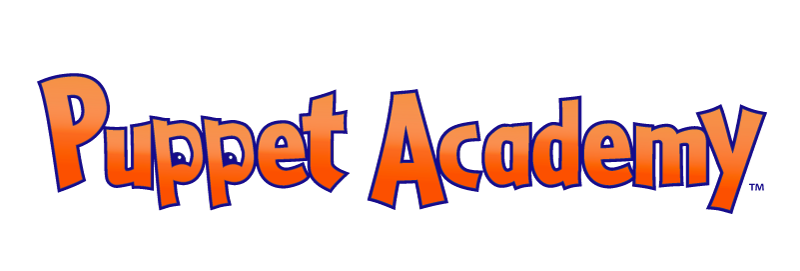Over the last two years, many education and health professionals sought out distance education methods by blending distance learning with face-to-face classroom learning. Teachers and specialists introduced distance learning platforms to homes in an effort to connect with students and their learning during challenging times.
The concern
Schools have presented varied combinations of in-class and remote learning. A myriad of needs evolved: health directives, class composition, special needs, resources, internet/technology access and curriculum delivery options. Measuring academic outcomes became worrisome for teachers and parents.
Teachers were suddenly presented with a re-design of their curriculum. Already stretched, they now added the remote roles of tech supporter, re-focusing students and assisting families through distance learning from home.
Parents were also stretched: working from home, managing remote classroom schedules, reduced socialization activities and front-line provision of home life wellbeing during the pandemic.
According to Pew Research, 93% of parents with K-12 children reported that their children had some home-based online instruction since February 2020, and 30% of these parents expressed difficulty helping their children use distance learning “as an educational tool”
Over this time, teachers expressed concern about the loss of academic and socio-emotional achievement without face-to-face classroom/school experience. Families expressed concern about students ‘falling behind’ when all classes transferred online. Staff felt unprepared in training and resources for the shift. Teachers and families were concerned about the long term impact on students, staff and families.
Positive Use of Distance Learning
Teachers, specialists and families want to support best practices and enhance positive outcomes for students and for families.
Recent research deepened our awareness of beneficial avenues to connect curricular practices at school and at home.
Although distance learning has been an educational method for many years, it became an alternative to classroom education in many elementary/middle schools over the last two years. Technology holds mainstream opportunities for extending the classroom conversation and special needs focus with different school members or home based distance assignments. Distance learning can be more effectively used to augment classroom learning [rather than replace it] in different places and with different people.
To enhance distance learning, adaptability and flexibility are essential. The National Education Association provides distance methods, definitions and ‘tips’ for distance education school-home uses including:
- Providing additional content
- Practicing learning activities
- Promoting group discussion
- Sending/receiving assignments and feedback
Currently, surveys and emerging studies report opportunities to expand capacity for distance learning to enhance student-led assignments, targeted objectives and extending collaboration among home-school partnerships.
The exchange between teacher and students, the ‘long conversation’, as referred to by Mercer relies on talking as a pivotal element in education. Be it a lesson, a term project, or a school mission, talking, face to face and through distance education assignments develops shared references which can be discussed, reviewed and reflected upon forming the basis for concept knowledge, human awareness and the building of understanding.
Distance learning can be an effective adjunct that supports face to face learning and facilitates the ‘long conversation’ that many teachers and students learn through a lesson, a term and throughout the school years.
Fortunately, many specialists using telepractice services with students report success and home collaborators with flexible schedules report positive results.
Distance Learning for the Future
We’ve learned that our classroom education and special services include many people relating to each other across many places .
Fostering these relationships through distance learning relies on our shared conversations and mutual references. This is a valued hallmark and unique element of the home-school community that forms in the early years of elementary and middle school and extends thereafter into high school and beyond.
For all of us, these social-emotional and academic relationships represent a pivotal and memorable experience from our childhood and youth. Talking teaches concepts that form a foundation for learning. Distance learning provides families with the talking points to extend concepts and build relationships.
Want to extend your teaching concept that supports talking with others and targets your specific curricular assignment? Try Puppet Academy today!

